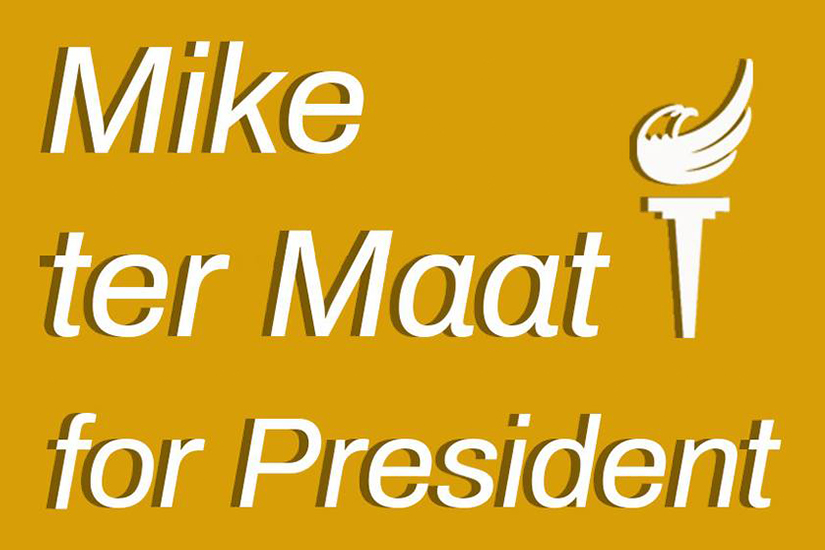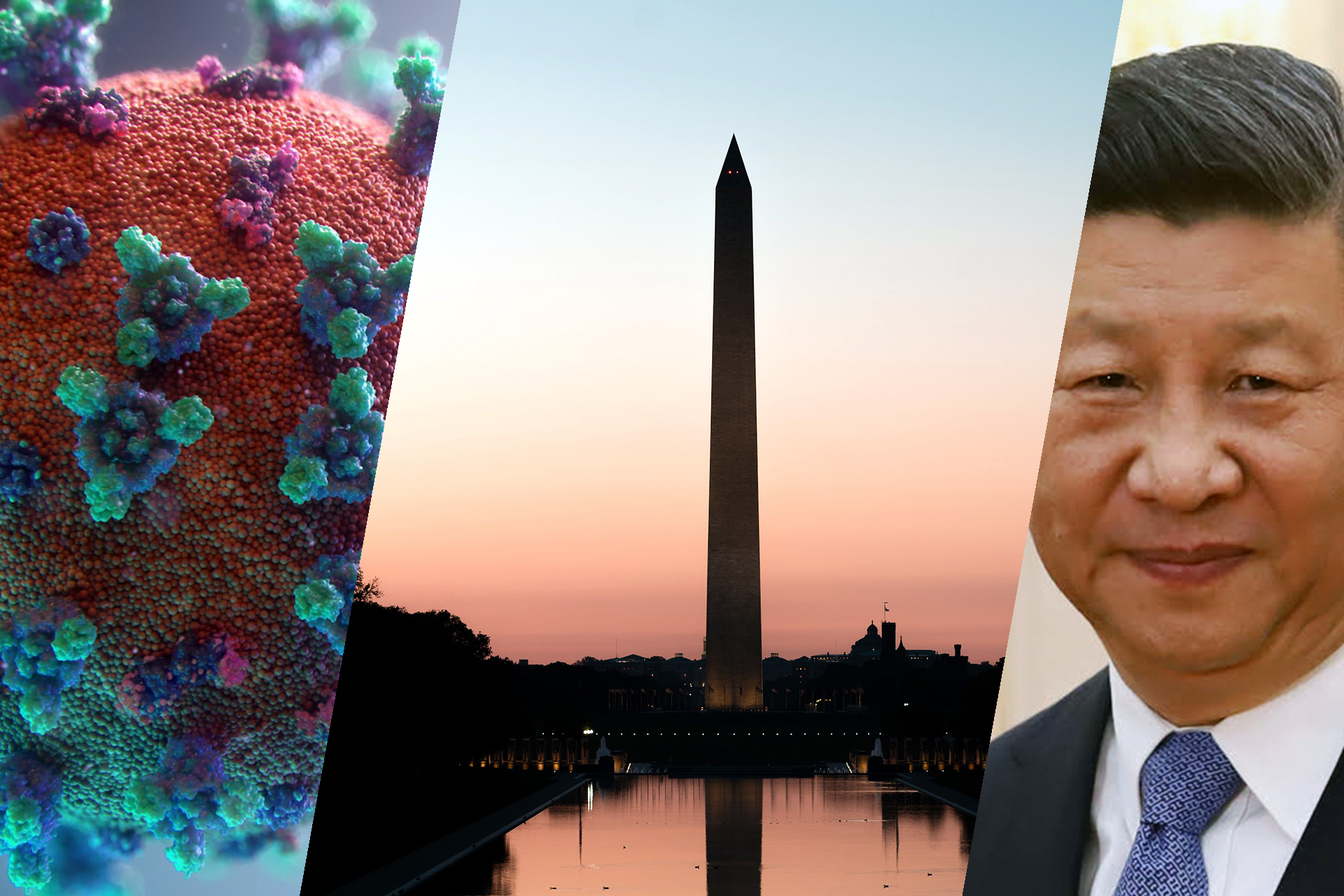Reducing Regulatory Burden and Collapsing the Administrative State
STEP ONE: End unconstitutional regulation, which is to say, most regulations, as they exceed the authority which Congress is allowed to delegate to regulatory agencies.
STEP TWO: Reduce the federal workforce down to a level commensurate with the reduced regulatory mandate of regulatory agencies.
STEP THREE: Eliminate agencies in a consolidation to render a more economically efficient government structure and to preclude administrative resurrection.
ADMINISTRATIVE/LEGAL BACKGROUND
1. POTUS HAS THE CONTROL
Article Two of the Constitution vests the executive power of the US government in the president. The unitary executive theory of constitutional law holds that POTUS has the power to control the entirety of the executive branch, limited only by explicit law.
2. AGENCIES MAY NOT OBSTRUCT
The major questions doctrine in US administrative law holds that Congress can delegate to executive agencies issues of major political or economic significance only through explicit law. Agencies cannot take it upon themselves to interpret their authority to fill in the gaps left by Congress.
3. MANY REGULATIONS ARE UNCONSTITUTIONAL
West Virginia vs. EPA was a 2022 SCOTUS decision ruling that the regulation of existing power plants fell under the major questions doctrine, therefore certain EPA regulations were unconstitutional and were therefore terminated.
4. POTUS CONTROLS BUREAUCRATS
Under existing law, POTUS has the authority to set rules for the civil service, including reductions in force, which are subject to 60-day notice requirements and order-of-retention rules but are not limited by for-cause requirements.
5. POTUS & AGENCY HEADS HAVE REDUCTION-IN-FORCE AUTHORITY
Office of Personnel Management (OPM) rules give authority for regulations in force to agency heads. POTUS may override OPM rules and directly implement reductions in force.
6. POTUS HAS A REORGANIZATION MANDATE
The Reorganization Act of 1977 requires “The President shall from time to time examine the organization of all agencies and shall determine what changes in such organization are necessary to carry out any policy set forth . . . to reduce expenditures and promote economy to the fullest extent consistent with the efficient operation of the Government” and “‘to reduce the number of agencies by consolidating those having similar functions thereof as may not be necessary for the efficient conduct of the Government.”



